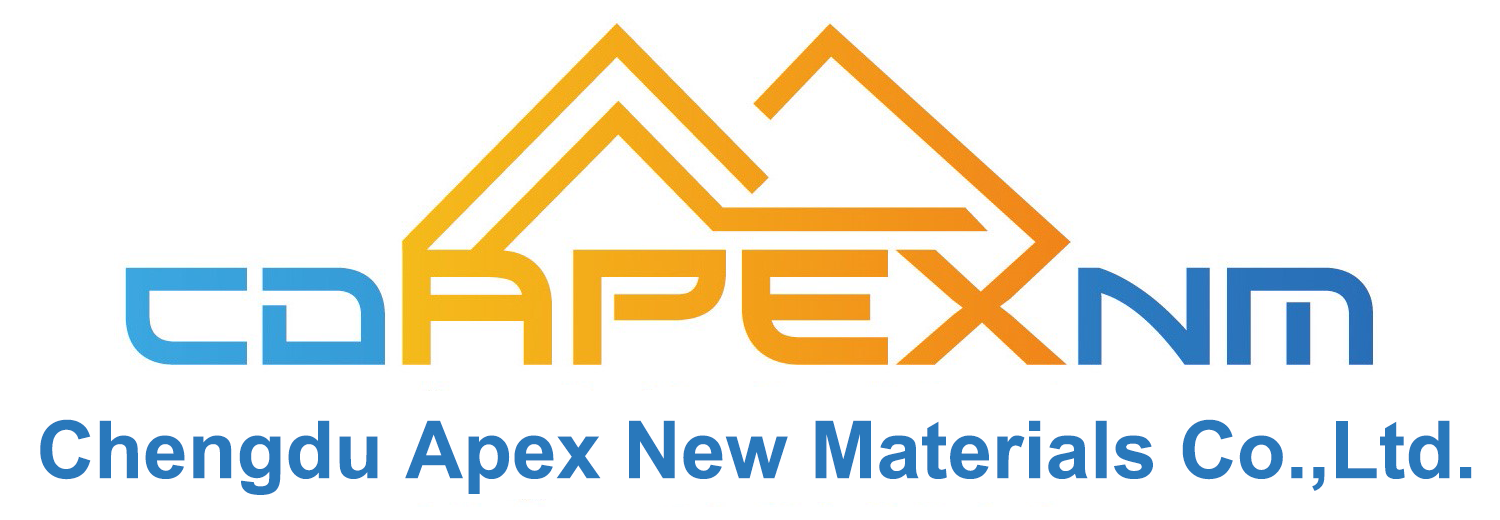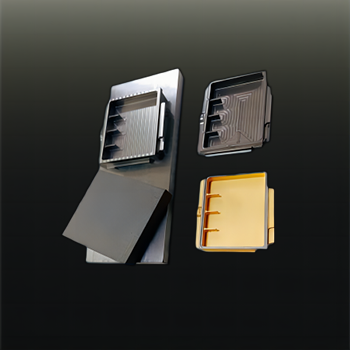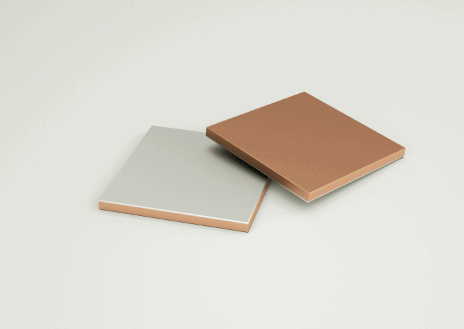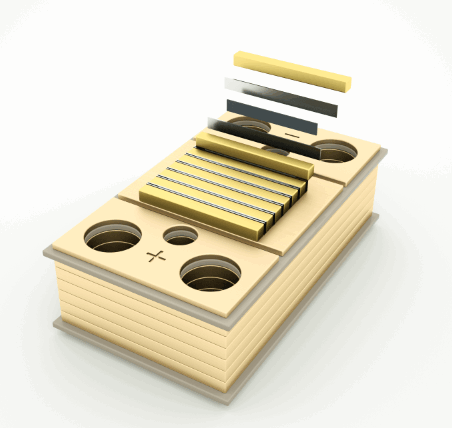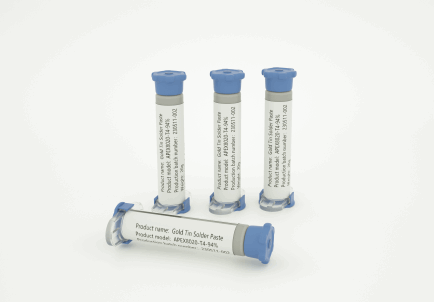Solder Paste Dispensers, Soldering Paste vs Flux, and Solder Wick: Key Tools for Electronics Manufacturing
The Future of Soldering: Exploring the Role of Solder Paste Dispensers and Soldering Materials in the Electronics Industry
The electronics industry is experiencing rapid growth, fueled by the continuous innovation in consumer electronics, automotive systems, and medical devices. As demand increases, so does the need for advanced soldering solutions to ensure efficient assembly and reliable performance. This article will explore the importance of solder paste dispensers, the differences between solder paste vs flux, and provide insights into effective usage techniques for soldering paste. It will also cover the role of solder wick in rework processes and highlight how these materials contribute to the quality of electronic products.
1. What is a Solder Paste Dispenser?
A solder paste dispenser is a critical tool used in the electronics manufacturing process, particularly in surface-mount technology (SMT). The dispenser precisely applies a layer of solder paste to the PCB (Printed Circuit Board) to facilitate the soldering of electronic components. With automation becoming a key factor in improving production efficiency, modern solder paste dispensers offer precision, speed, and consistency, significantly reducing the chances of human error.
As the global electronics market grows, the demand for automated soldering solutions is expected to rise. According to recent market research, the global electronics manufacturing market is projected to reach USD 2 trillion by 2026, with Asia-Pacific leading the charge. This is why investing in high-quality solder paste dispensers is becoming increasingly important for companies to maintain competitive advantages in a rapidly evolving industry.
2. Solder Paste vs Flux: Understanding the Key Differences
While both solder paste and flux are essential materials in soldering, they serve distinct purposes. Solder paste is a mixture of solder alloy (usually tin-lead or lead-free), flux, and microscopic metal particles. It is used to attach components to the PCB during the soldering process. On the other hand, flux is a substance used to clean metal surfaces, remove oxidation, and improve the wetting properties of the solder.
In a nutshell, solder paste contains flux as an ingredient, but it is a more comprehensive solution designed for precise application during SMT processes. For most modern electronics assembly lines, solder paste is preferred because it provides both soldering material and the cleaning action needed in a single application.
Key Differences:
- Solder Paste: Contains solder alloy and flux; used in automated processes to attach components to PCBs.
- Flux: Used primarily to prepare surfaces for soldering; aids in preventing oxidation during the soldering process.
3. How to Use Soldering Paste Effectively
Using soldering paste requires both precision and skill. Here’s a step-by-step guide to ensure optimal results:
- Prepare the PCB: Clean the PCB surface and ensure it is free from contaminants.
- Apply Solder Paste: Use a solder paste dispenser to apply an even layer of solder paste to the PCB.
- Place the Components: Position the electronic components onto the paste using pick-and-place machines.
- Reflow Soldering: Heat the PCB in a reflow oven to melt the solder paste, forming strong electrical connections.
It's crucial to select the right type of solder paste depending on the application, as improper use can result in poor solder joints and defective assemblies.
For example, lead-free solder paste is increasingly in demand due to global environmental regulations and the trend toward eco-friendly products.
4. Solder Wick: An Essential Tool for Rework and Repair
Solder wick (also known as desoldering braid) is used to remove excess solder from PCB surfaces, allowing for easy rework or correction of soldering mistakes. It works by applying heat to the braid, which absorbs the molten solder. This makes it an essential tool for engineers and technicians involved in repair work or component replacement.
The global desoldering tools market is growing at a rate of 5.5% CAGR, driven by the demand for better precision and higher-quality repair tools.
Conclusion: Choose Apex New Materials for High-Quality Soldering Solutions
As the electronics manufacturing industry continues to evolve, companies must adopt the best soldering materials and equipment to ensure high-quality production. Solder paste dispensers, solder paste, and solder wick are key components that help meet the increasing demand for reliable and durable electronic devices.
For businesses looking to enhance their soldering processes, Apex New Materials provides cutting-edge solutions to meet diverse industry needs. Visit their product showcase at Apex New Materials Product Showcase to explore a variety of soldering materials and equipment. For more information on their full range of products, check out Apex New Materials.
By choosing Apex New Materials, you're ensuring that your soldering processes remain efficient, high-quality, and future-proof.
